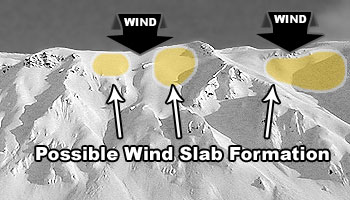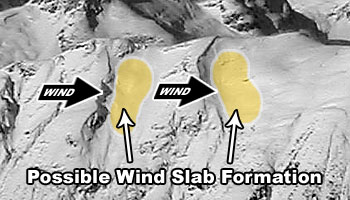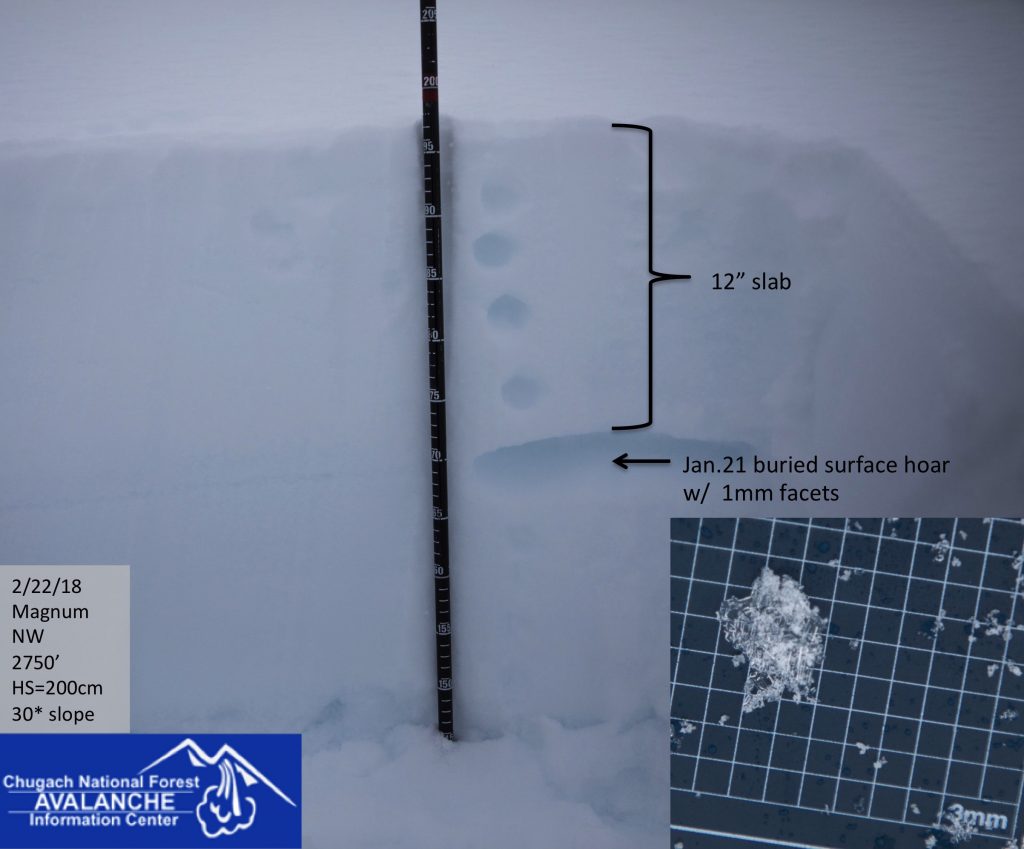Turnagain Pass
|
|
The avalanche danger is MODERATE at all elevations due to yesterday’s storm snow combined with moderate to strong winds overnight. Human triggered wind slabs 1-2′ thick will be possible. Expect loose snow sluffs in steep protected terrain. Additionally, old weak layers deeper in the pack may be triggered, creating a larger avalanche. Evaluate snow and terrain carefully.
Dangerous avalanche conditions are expected in areas seeing new snow such as Hatcher Pass and the Western Chugach. See the Hatcher Pass Avalanche Center Facebook page – avalanche danger has increased to CONSIDERABLE.




